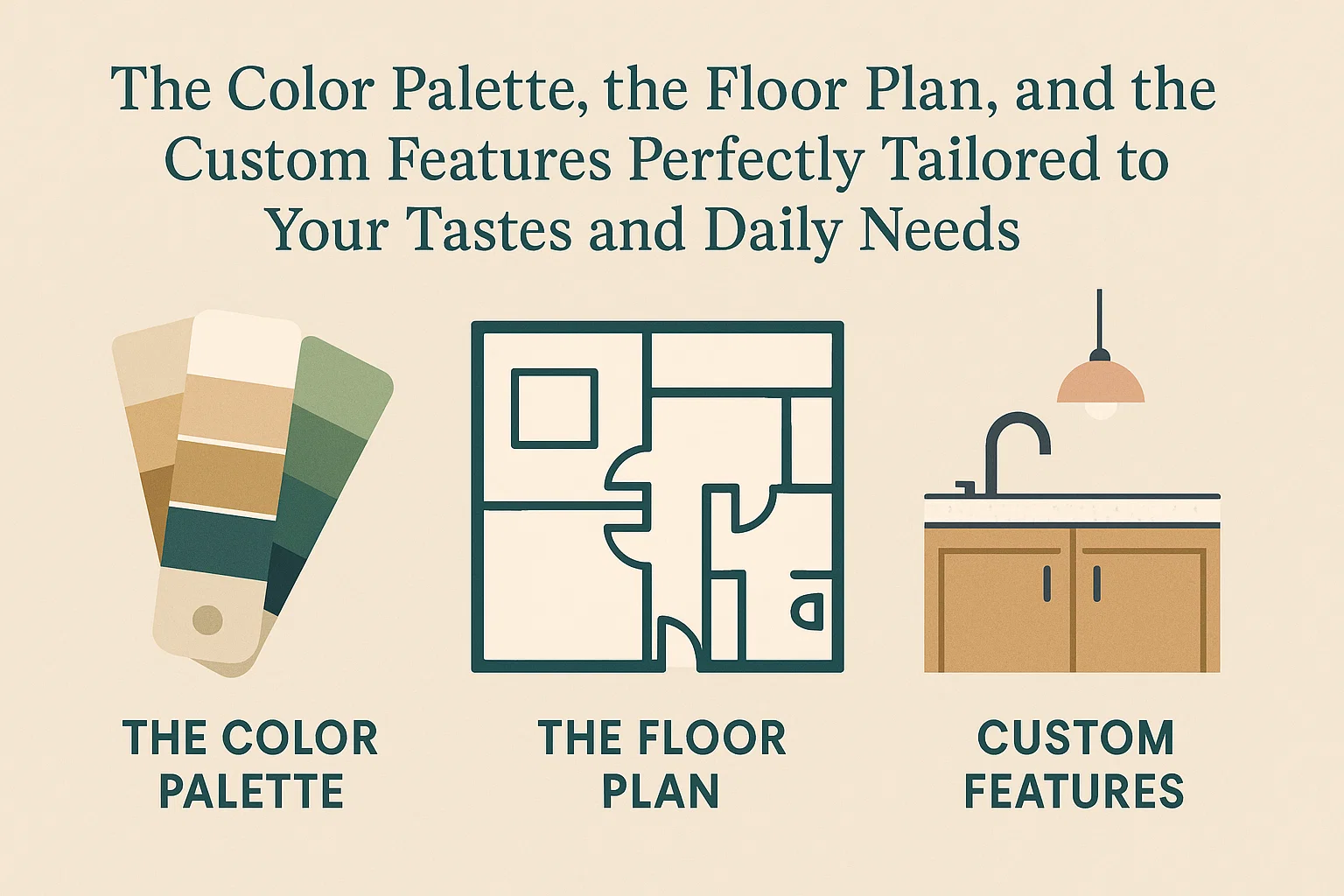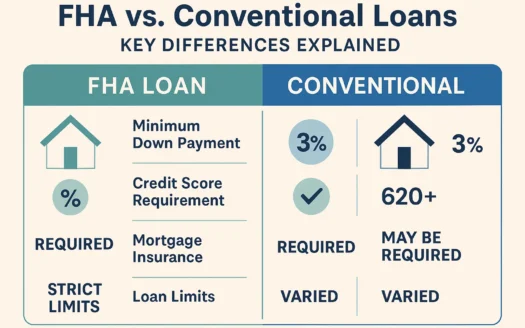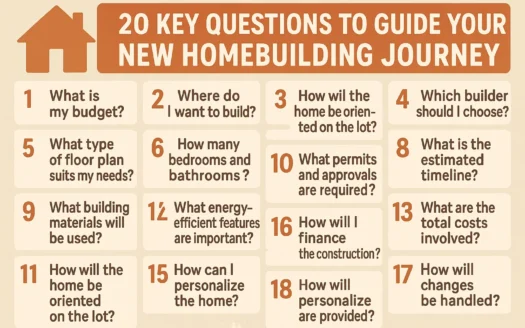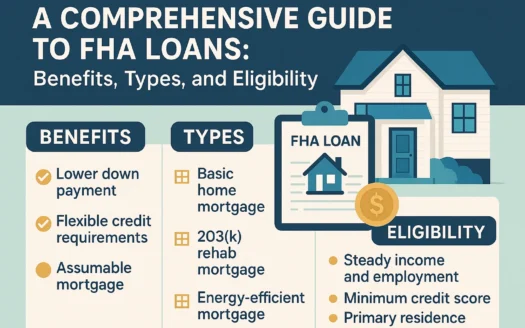The Color Palette, the Floor Plan, and the Custom Features Perfectly Tailored to Your Tastes and Daily Needs

The Color Palette, the Floor Plan, and the Custom Features Perfectly Tailored to Your Tastes and Daily Needs
Everyone dreams of building their dream house from the ground up. Whether you’ve scoured the housing market only to come up short for precisely what you want or inherited a plot of land that’s ideal for setting roots, deciding to build a home is a costly endeavor. This is where construction loans come into play.
The Cost of Building a Home
The average cost of constructing a home is roughly $358,000. According to U.S. Census Bureau data, the average sales price of a new single-family home in May 2025 was $511,400. Essentially, whichever route you take, you may need a hand with financing! But construction loans don’t function the same way that traditional mortgages do. Here’s everything you need to know about how they work.
What Is a Construction Loan?
In a nutshell, construction loans provide financing to help future homeowners pay for the materials, permits, and labor needed to build their custom home. In most instances, you can even use the funds to purchase the land you’re building on if you’re starting from scratch.
How Do Construction Loans Work?
Construction loans are short-term, interim loans used to pay for your new home’s construction. They’re typically offered for up to 18 months, just enough time to turn your plot of land into the house you’ve envisioned. Think of construction loans like a line of credit expiring when your home is fully built—you’re provided with an amount to draw funds from during each phase of construction.
Your builder—not you, the borrower—receives the cash from your lender through several advances paid during each phase. While your home is being built, you only pay interest on the amount drawn from the account. Once construction is complete, you can either convert the loan into a traditional mortgage or pay it off entirely.
How Are Construction Loans Different from Mortgages?
The key difference is that construction loans aren’t secured by a completed house. If you already own the land, you may use it as collateral. However, the approval process is more rigorous due to the higher risk for lenders. Requirements include:
- A credit score of at least 670 (some lenders accept 620)
- A 20% down payment (sometimes 25%)
- A debt-to-income ratio below 43%
- Proof of income and savings
- Detailed construction plans and a signed contract with a licensed builder
What Happens After Approval?
Once approved, your lender will issue funds in installments or “draws” to your builder, aligned with construction phases. Inspectors and appraisers will verify progress before releasing each payment. Expect 4–6 inspections during the process.
Interest Rates and Repayment
Construction loans typically have variable interest rates, about 1% higher than traditional mortgage rates. You’ll only pay interest on the amount drawn during construction. Once the home is built, the loan either converts to a mortgage or requires full repayment.
Construction-to-Permanent Loans vs. Construction-Only Loans
- Construction-only loans require full repayment or refinancing after completion.
- Construction-to-permanent loans automatically convert into a mortgage.
By understanding how construction loans work, you’ll be better prepared to navigate the application process and turn your dream home’s blueprints into reality.




